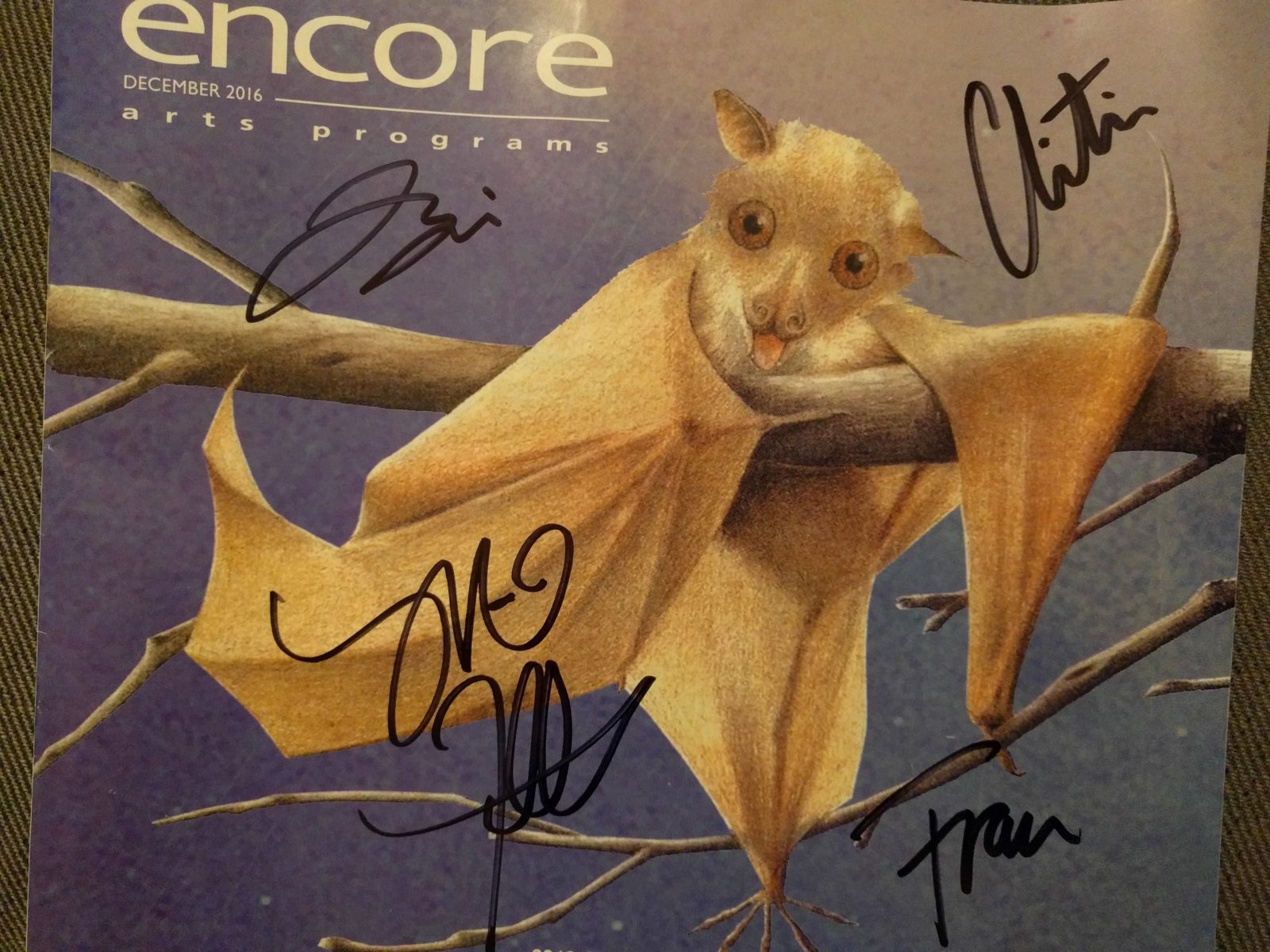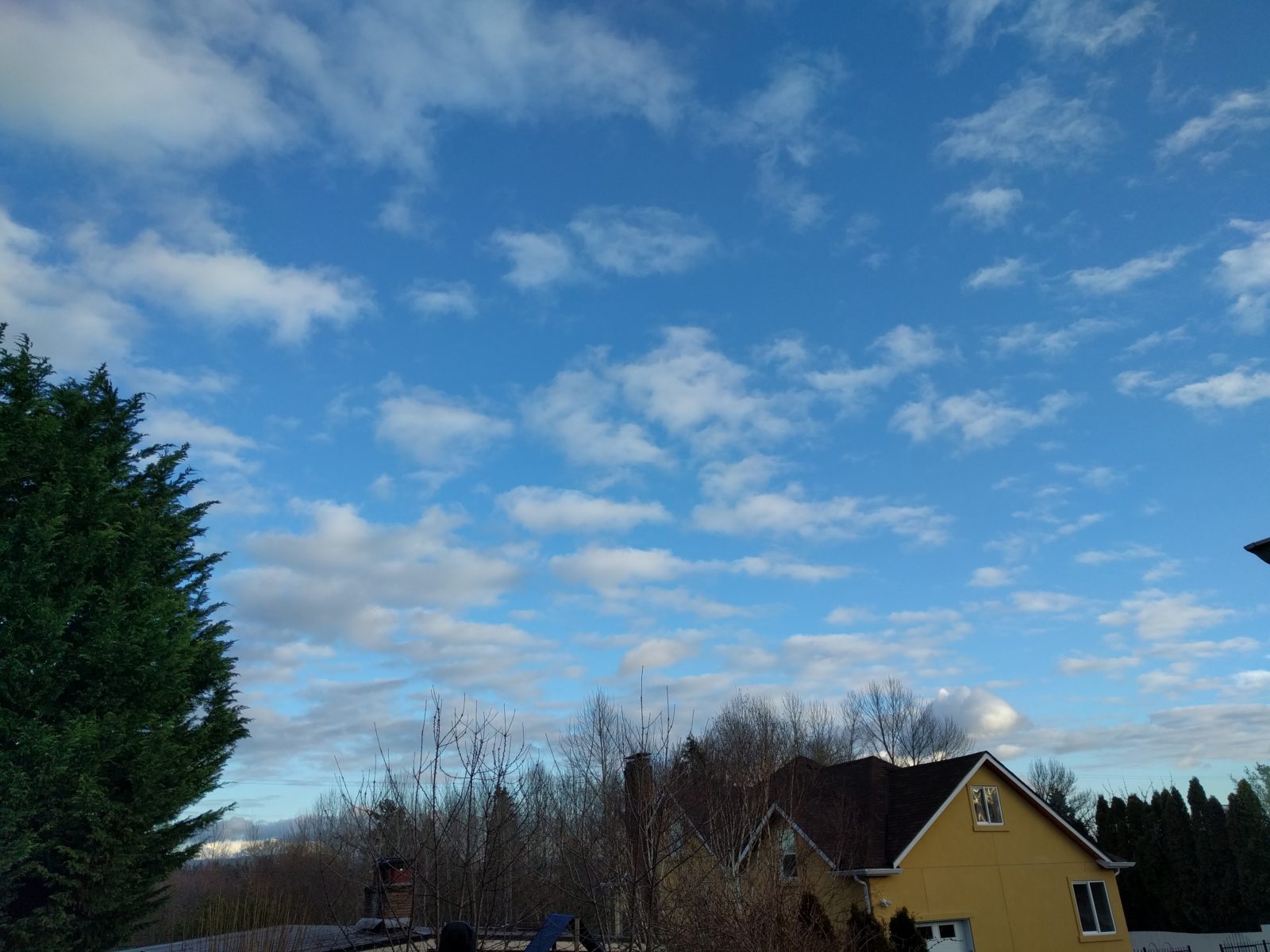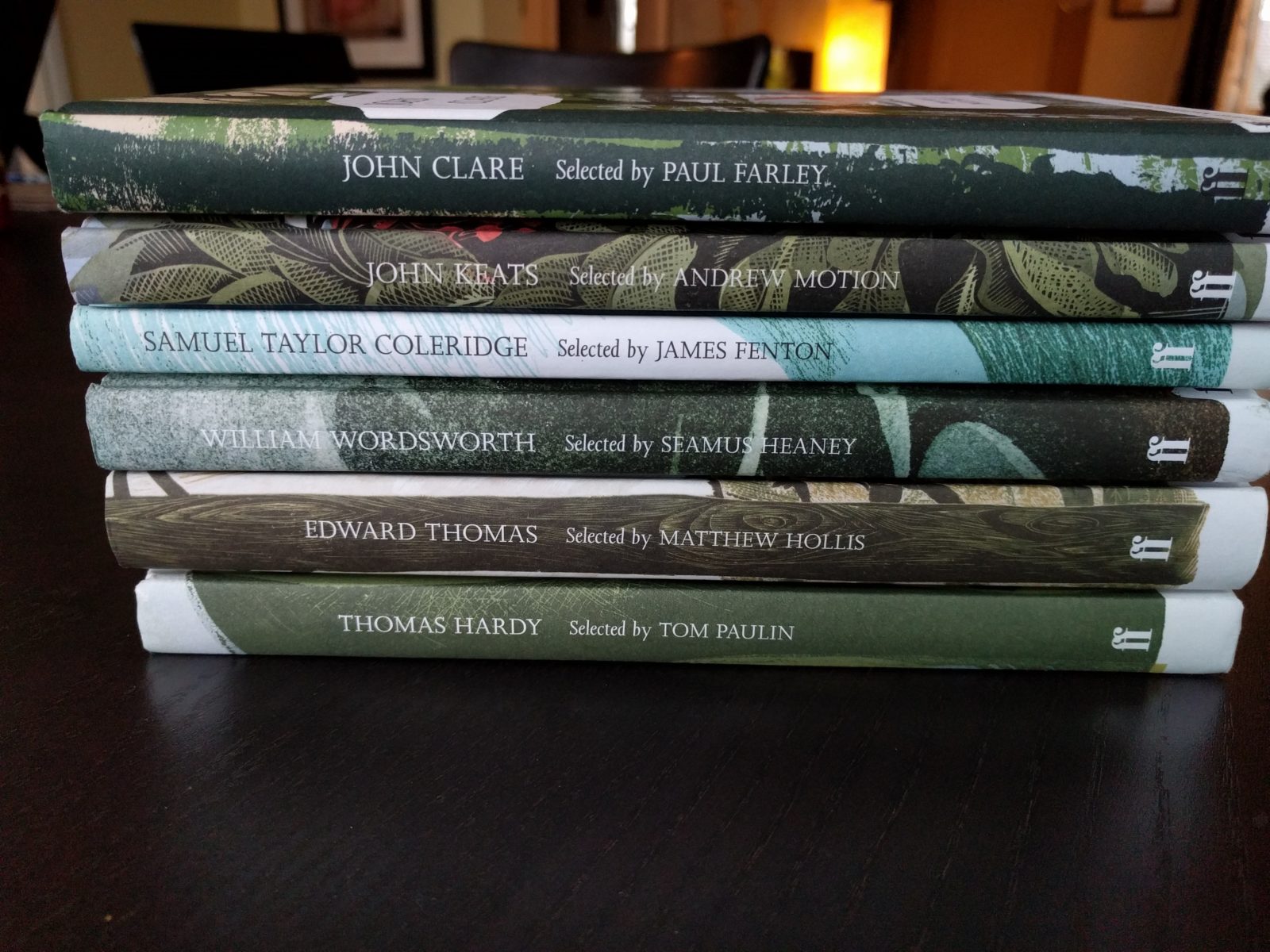In 2016 I’m doing a 365 Nature project. Each day of the year I will post something here about nature. It may be any format, a photo, video, audio, sketch or entry from my nature journal. It could be a written piece. Each day I will connect to nature in some way and share it here by the end of that day. You can keep up-to-date by subscribing to the RSS feed or be notified by email. See all the 365 Nature posts.
Every once in awhile I’ll order a batch of books from the UK. Yesterday I received my latest batch of books from some of my favorite British nature writers, all authors I’ve read and enjoyed. Since starting my nonfiction writing program I’ve had to read a lot of non-nature writing and I’ve been trying to make up for that by assigning myself reading from excellent nature writers so I can not only enjoy the book, but study the writing craft as well. These three authors are ones who I consider to be worth of study. Here are descriptions of each book:
 The Wild Places by Robert MacFarlane
The Wild Places by Robert MacFarlane
I’ve read two Robert MacFarlane books recently, The Old Ways and Landmarks and both were among my favorite books I’ve read. Although he considers himself more of a place writer as opposed to a nature writer, he focuses on the natural world. This is his second book and I look forward to reading it. Following is a description from the publisher’s website:
The Wild Places is both an intellectual and a physical journey, and Macfarlane travels in time as well as space. Guided by monks, questers, scientists, philosophers, poets and artists, both living and dead, he explores our changing ideas of the wild. From the cliffs of Cape Wrath to the holloways of Dorset, the storm-beaches of Norfolk, the salt marshes and estuaries of Essex and the moors of Rannoch and the Pennines, his journeys become the conductors of people and cultures, past and present, who have had intense relationships with these places. Certain birds, animals, trees and objects – snow-hares, falcons, beeches, crows, suns, white stones – recur, and as it progresses this densely patterned book begins to bind tighter and tighter. At once a wonder voyage, an adventure story, an exercise in visionary cartography, and a work of natural history, The Wild Places is written in a style and a form as unusual as the places with which it is concerned. It also tells the story of a friendship, and of a loss. It mixes history, memory and landscape in a strange and beautiful evocation of wildness and its vital importance.
Claxton by Mark Cocker
I thoroughly enjoyed Crow Country by Mark Cocker in part because he follows a flock of crows to their roost, something I was able to closely connect with. I also appreciated his observations of the natural world and how he didn’t overlook the everyday nature.
Following is a description from the publisher’s website:
In 2001 Mark Cocker moved to Claxton, a small village in Norfolk. In a series of daily writings spanning the course of a year he explores his relationship to the landscape he lives in, to nature and to all the living things around him – the birds, plants, trees, mammals, hoverflies, moths, butterflies, bush crickets, grasshoppers, ants and bumblebees. Passionate, astonishing and inspiring, this book is a celebration of the wonder that lies in our everyday experience.
A Brush with Nature by Richard Mabey
One of my favorite books on urban nature is Richard Mabey’s The Unofficial Countryside, a book that despite being written in the 1970’s is still as important and influential as ever. Mabey argued that there is nature in and around the city and in the most unlikely of places, a view that is increasingly common today. (see video below) Likewise, his book Weeds is another uncommon view of the common nature around us which I greatly enjoyed reading. He is a prolific writer and I have a long way to go to make a dent in his catalog. This book is a collection of articles written for the BBC Wildlife Magazine. Following is a description of the book from the publisher’s website:
Described as ‘Britain’s greatest living nature writer’, Richard Mabey has revealed his passion for the natural world in eloquent stories for BBC Wildlife Magazine. This volume features his favourite pieces and presents a fascinating and inspiring view of the changing natural landscape in which we live.
Peppered throughout with references to the heritage of nature writing, and great writers from Richard Jefferies and John Clare to Roger Deakin and Robert MacFarlane, A Brush With Nature is part memoir, part nature journal, part social history, giving us a unique insight into a nature lover’s reflections over a quarter of a century.
Richard Mabey Introduces The Unofficial Countryside from Little Toller Books on Vimeo.








